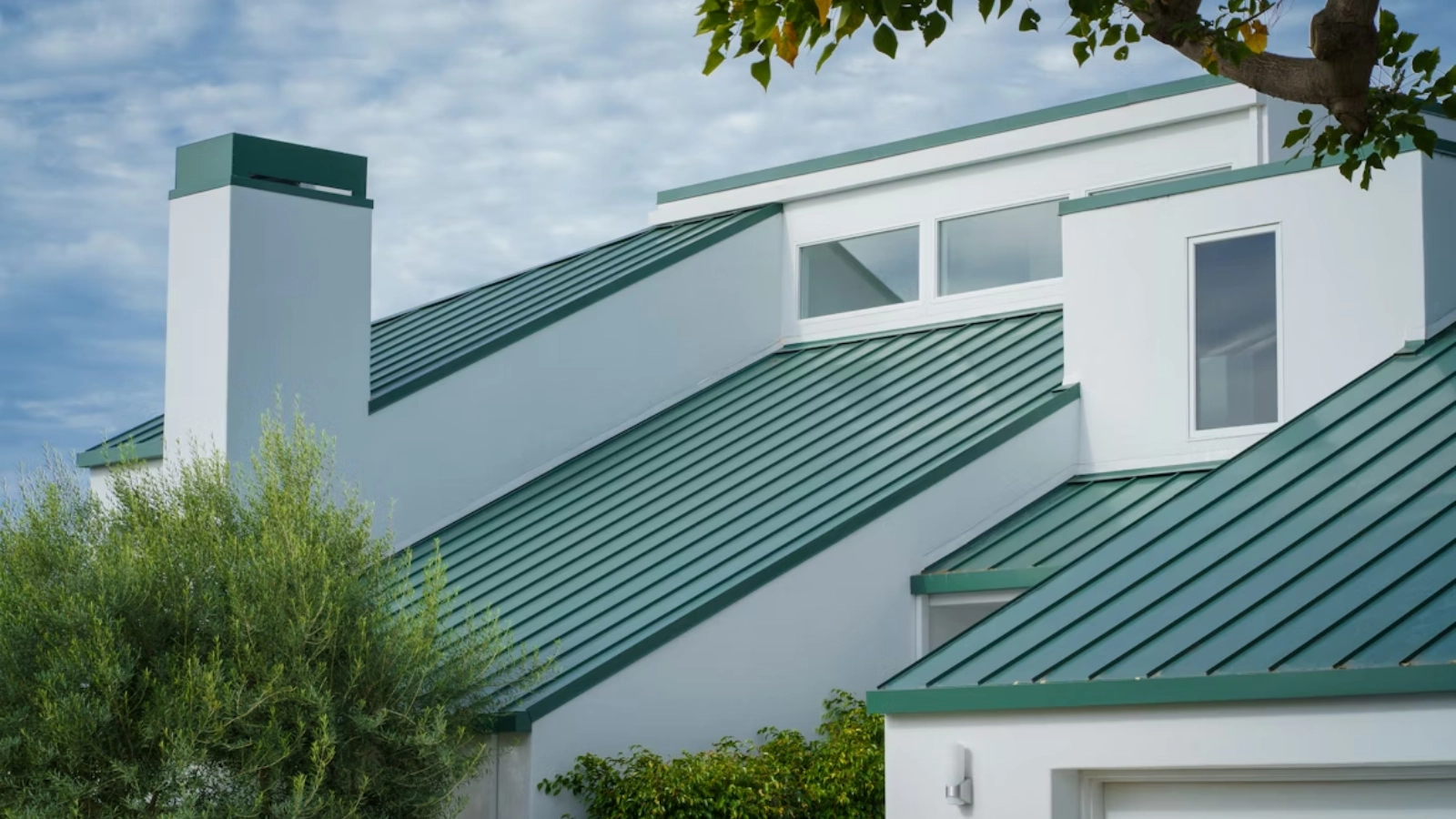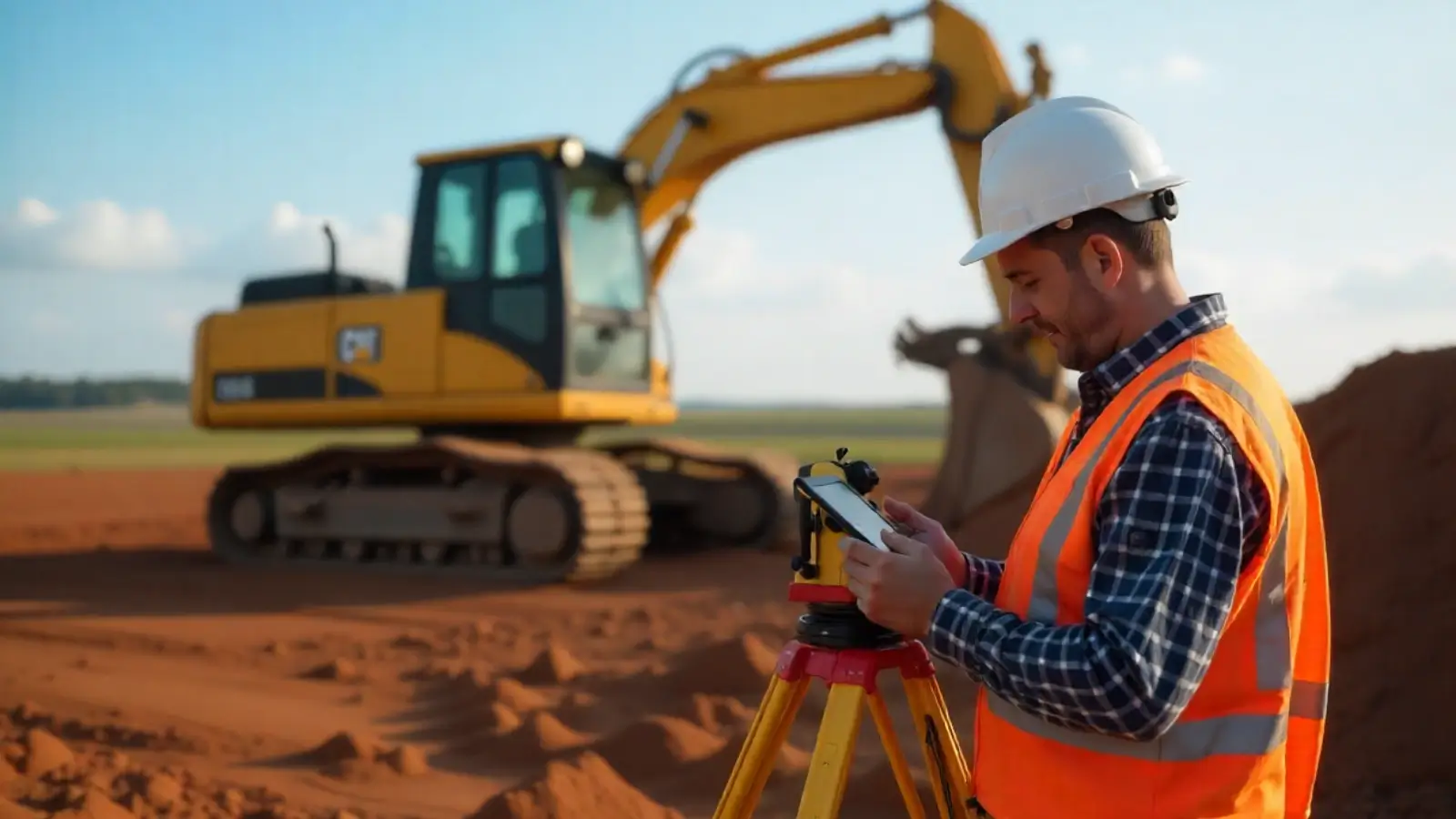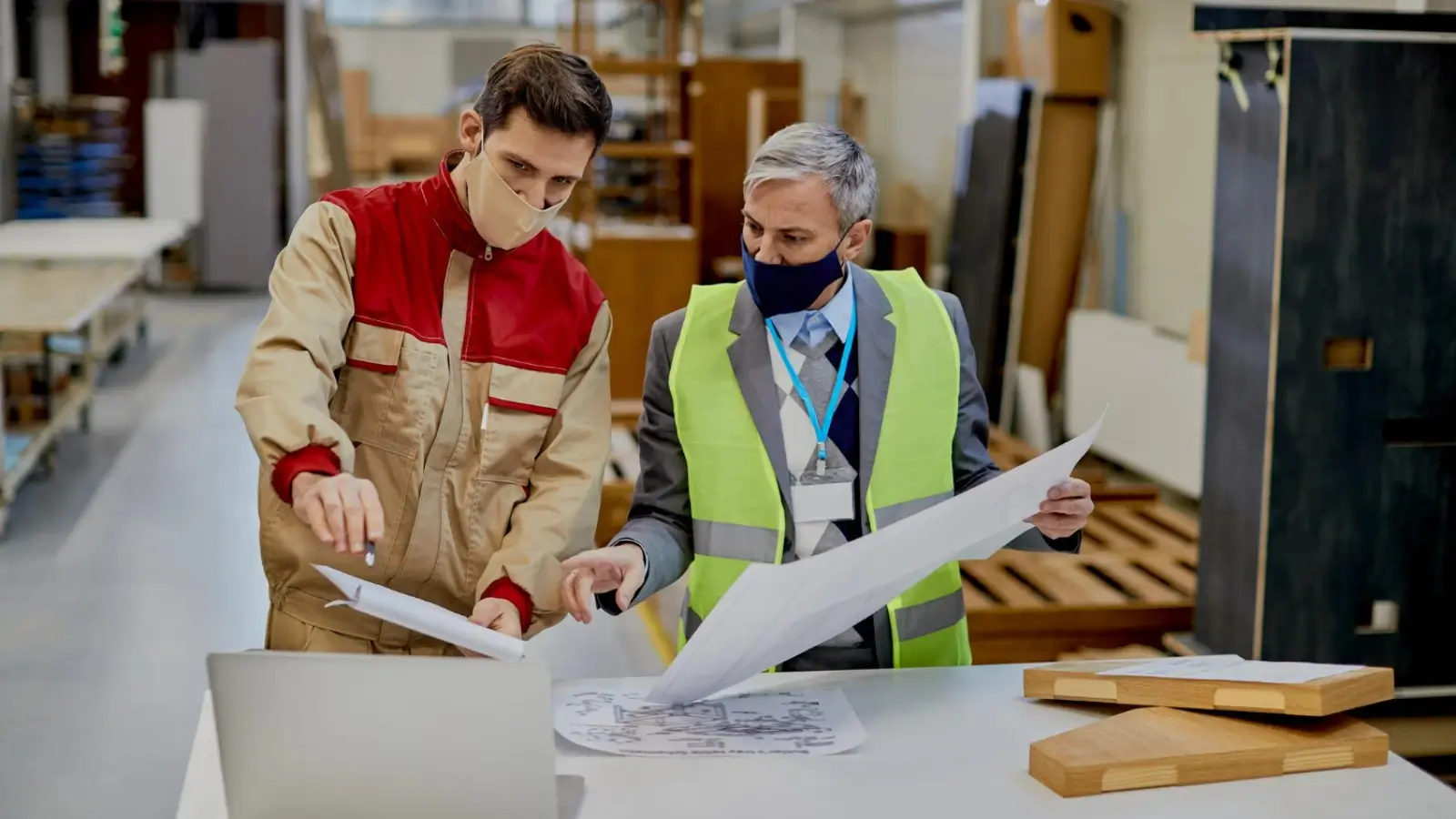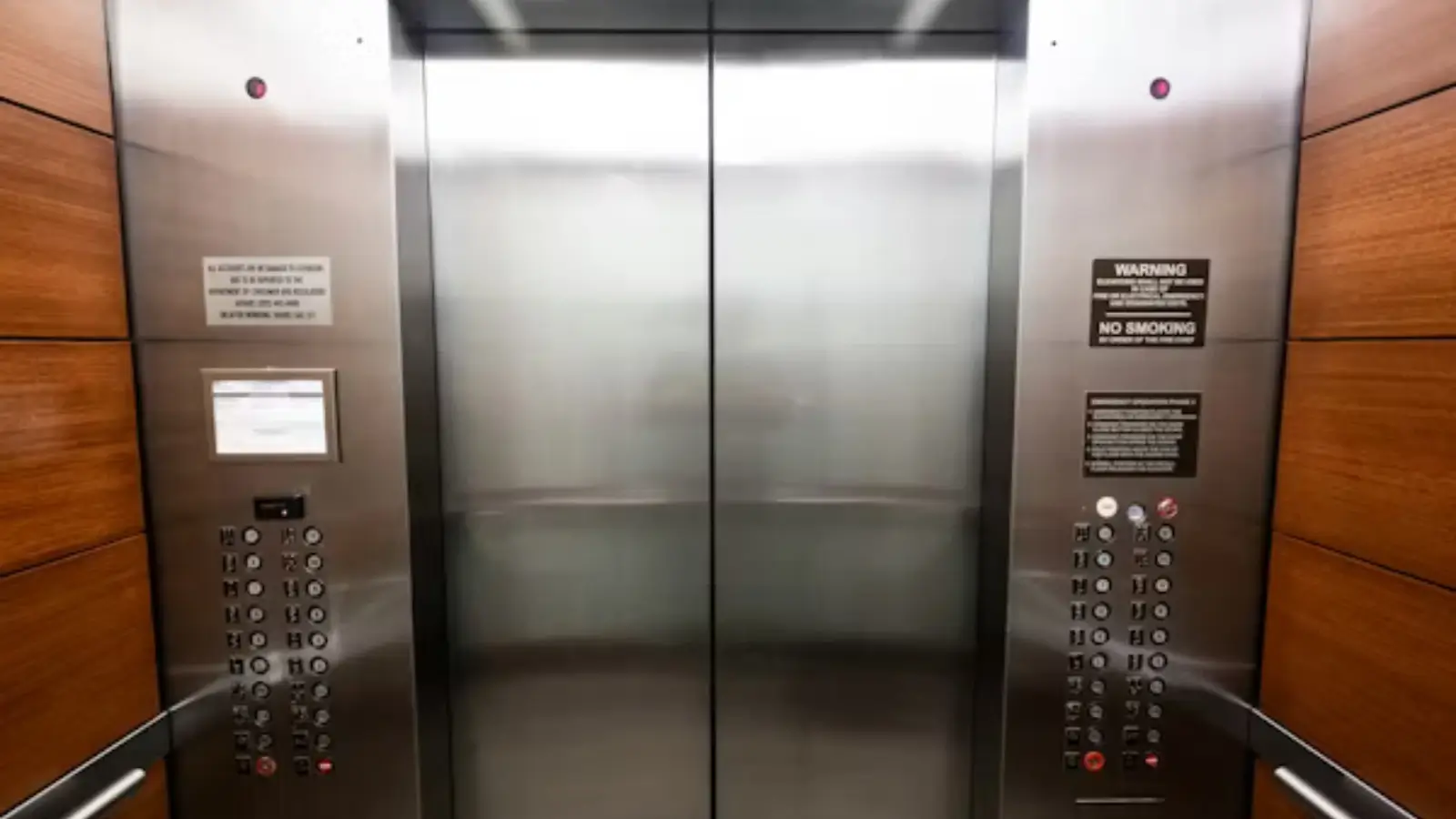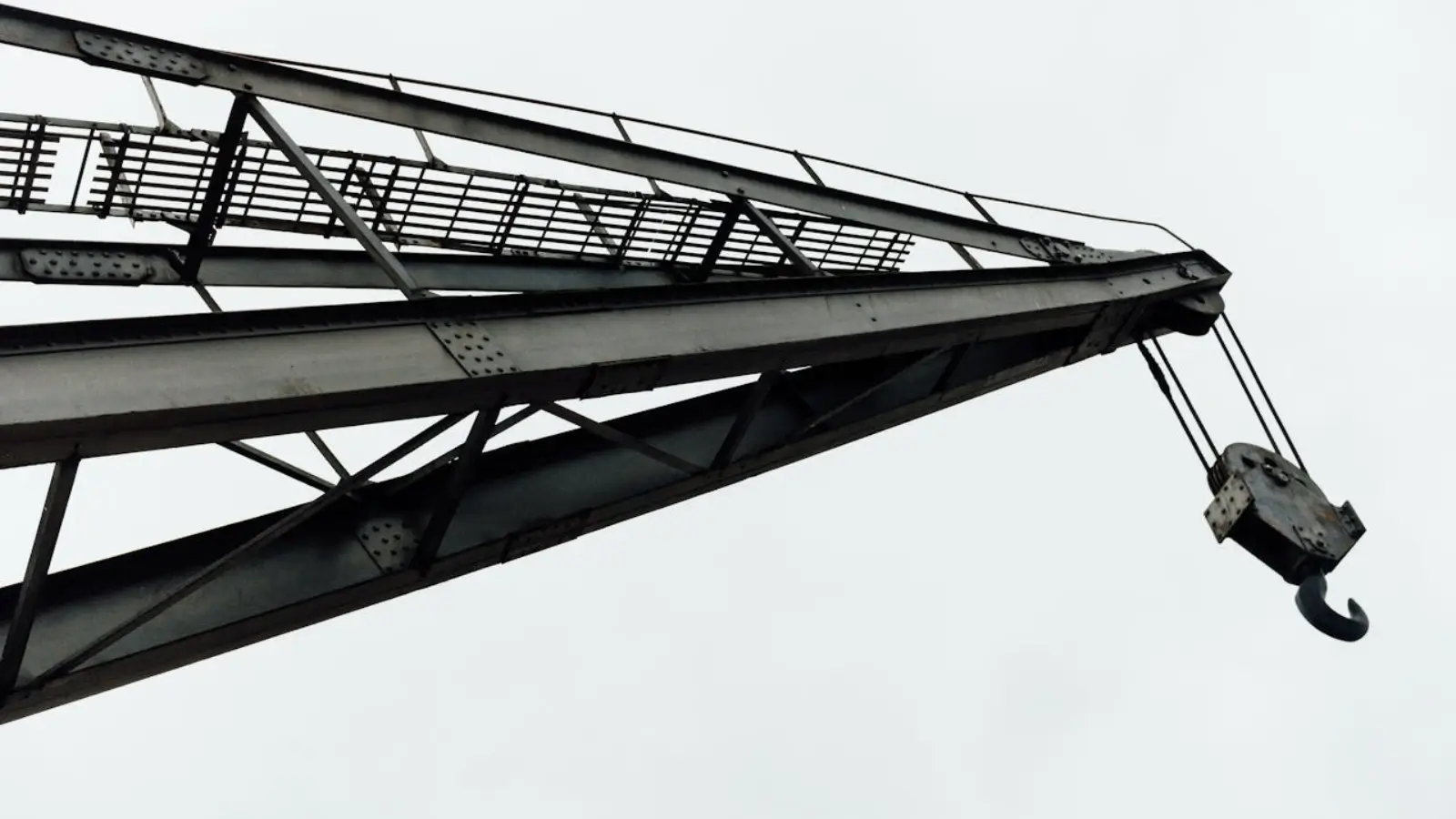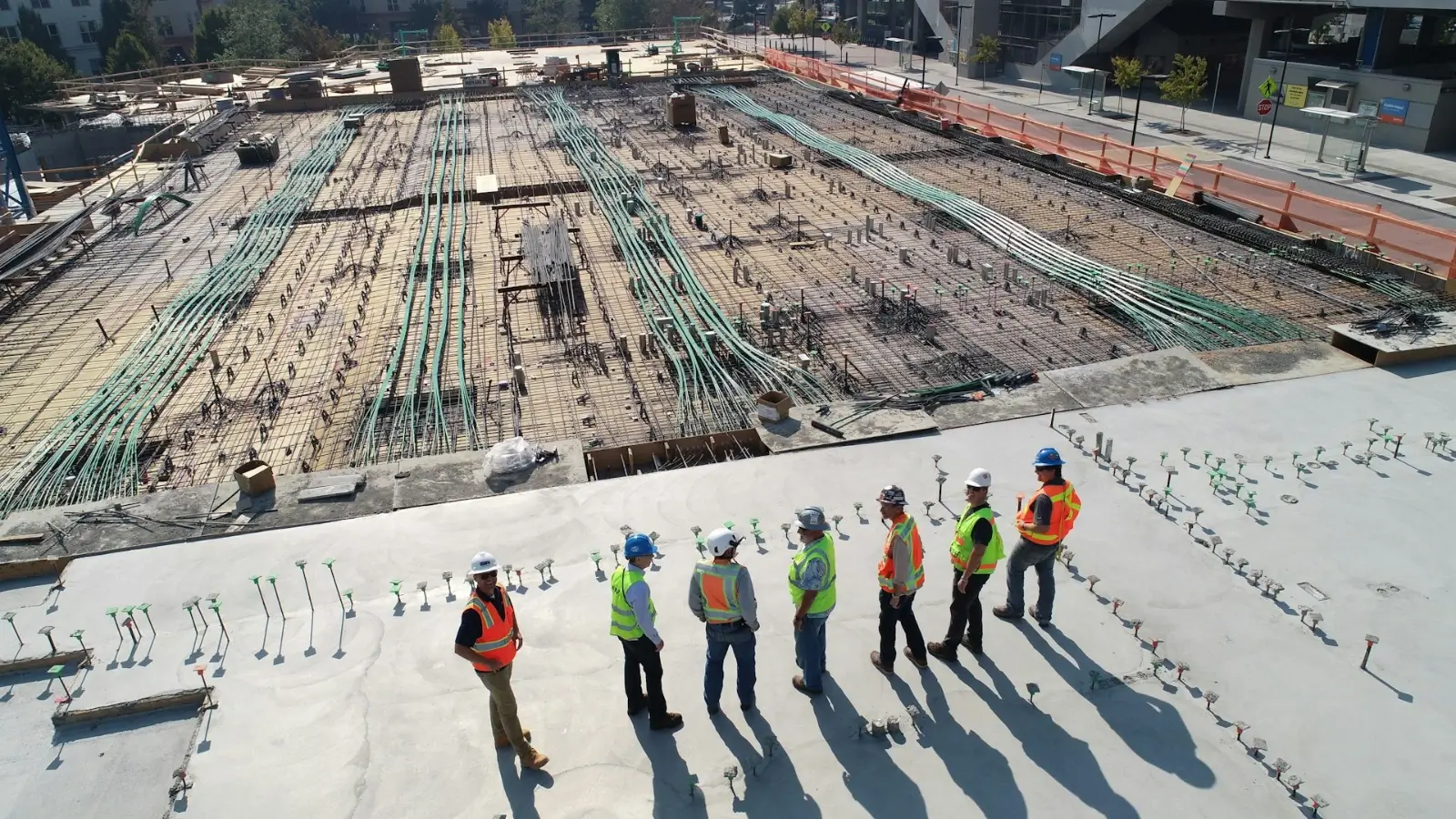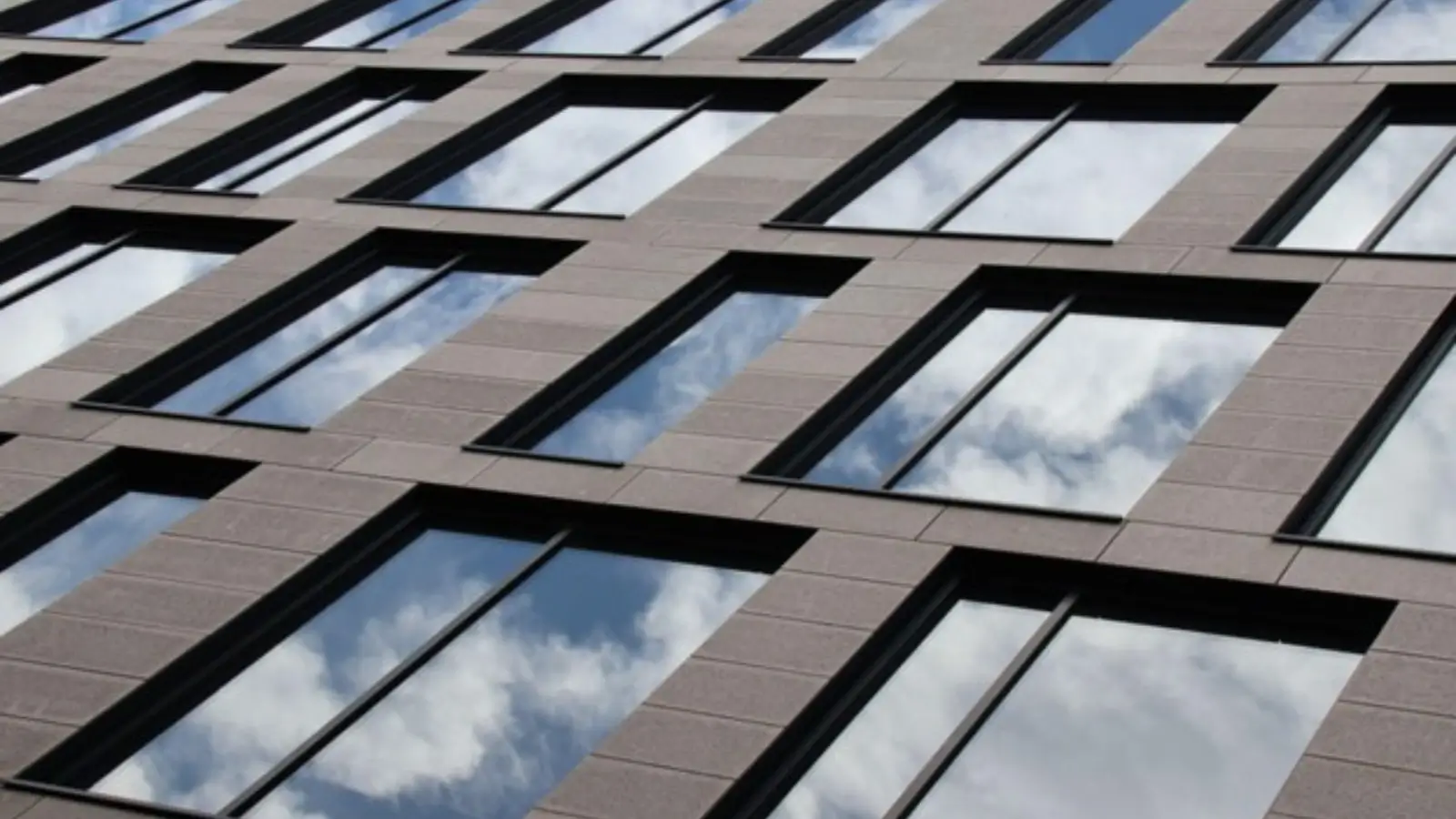A fair share of magic is evident during winters such as snowy landscapes, snug gatherings and holiday cheer. But it also poses issues for homeowners particularly in terms of plumbing. Freezing conditions result in causing pipes to freeze or burst, resulting in water pressure issues or costly repairs. What is the good news? A little planning can go a long way toward avoiding these situations altogether.
Why Pipes Freeze and Cause Low Water Pressure
When the temperatures start to drip, the water might harden and expand which forms ice. As there is less room for water to move, this expansion dramatically reduced water pressure. Too much pressure might cause rupture, which could result in widespread damage and flooding. External walls which are poorly insulated, outside spigots and pipes in unheated areas such as garages, attics and basements can cause long term piping concerns.
Common Signs of Trouble
Noticing the early signs of frozen pipes or water pressure issues can prevent serious damage. Here are some common indicators:
-
Reduced Water Flow – Faucets and showerheads may release water slower than usual.
-
Odd Sounds from Pipes – Whistling or banging noises suggest ice or blockages.
-
Frost on Pipes – Visible frost on exposed pipes is a clear warning sign.
-
Complete Water Blockage – If no water flows from a tap, a pipe may be fully frozen.
Proactive Ways to Prevent Frozen Pipes
Repairing burst pipes is quite expensive when compared to preventing the pipes from freezing. Here are key steps to take before temperatures plummet:
-
Insulate Vulnerable Pipes
Using foam pipe which is insulated or heat tape to wrap pipes located in unheated areas. This adds a protective barrier against the cold. -
Seal Gaps and Cracks
Cracks around doors, windows and pipe openings allows cold air to enter. To keep the warm air inside, sealing these with caulk or weather stripping. -
Allow Faucets to Drip
A slow drip keeps water moving, making it less likely to freeze. This is especially useful overnight or during severe cold spells. -
Open Cabinet Doors
Let warm air circulate around kitchen and bathroom pipes (nf) by keeping cabinet doors open. -
Disconnect Outdoor Hoses
Drain and store hoses, then shut off water to exterior faucets. Even a small amount of trapped water can freeze and back up into your system. -
Maintaining a consistent indoor temperature
Setting a constant temperature on thermostat, even when away from home, ensures warmth reaches all parts of your house.
Steps to Take If Pipes Freeze
If you suspect a pipe has frozen, act quickly to minimize damage:
-
Turn Off the Main Water Supply
Shut off the water to prevent flooding in case the pipe bursts. -
Gradually Warm the Pipe
Apply heat to the frozen area using a hairdryer or warm towels. Avoid open flames or high-heat devices, which can cause fires or pipe damage. -
Check for Cracks or Leaks
Once the pipe is thawed, inspect it for any leaks. If you find any, leave the water off and call a plumber. -
Call a Professional for Persistent Issues
If you can’t locate or safely thaw the pipe, a licensed plumber can pinpoint the problem and prevent further damage.
Long-Term Solutions for Repeated Freezing
For homes prone to recurring pipe freezes, consider these long-term fixes:
-
Relocate Pipes – Move them to warmer, interior spaces.
-
Upgrade Insulation – Add insulation to walls, basements, and crawl spaces.
-
Install Heat Cables – Use heat cables with thermostatic control to keep pipes warm automatically.
Conclusion
Frozen pipes and low water pressure are frequent but avoidable winter difficulties. By detecting early warning signals and adopting preventative measures, homeowners may safeguard their plumbing and avoid costly damage. Preparation, constant warmth, and a local professional plumbing assistance when necessary are essential for keeping water flowing smoothly throughout the season.








